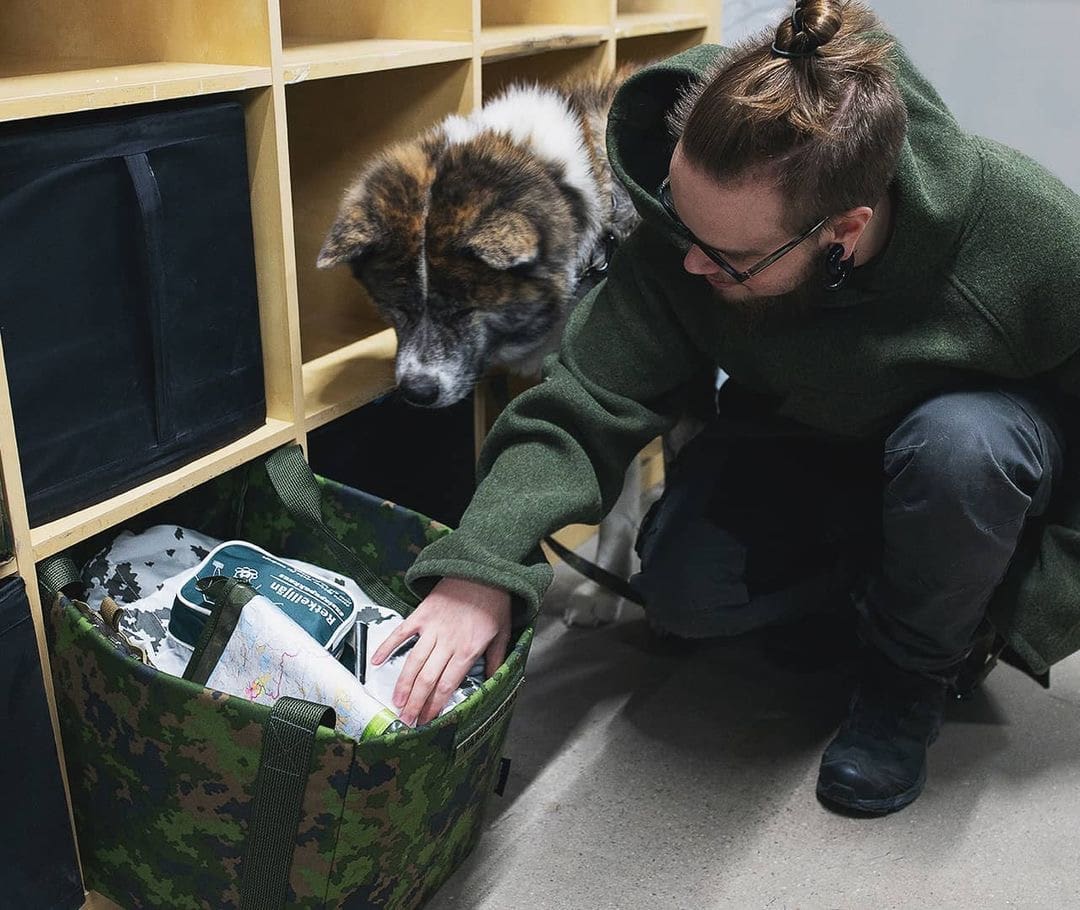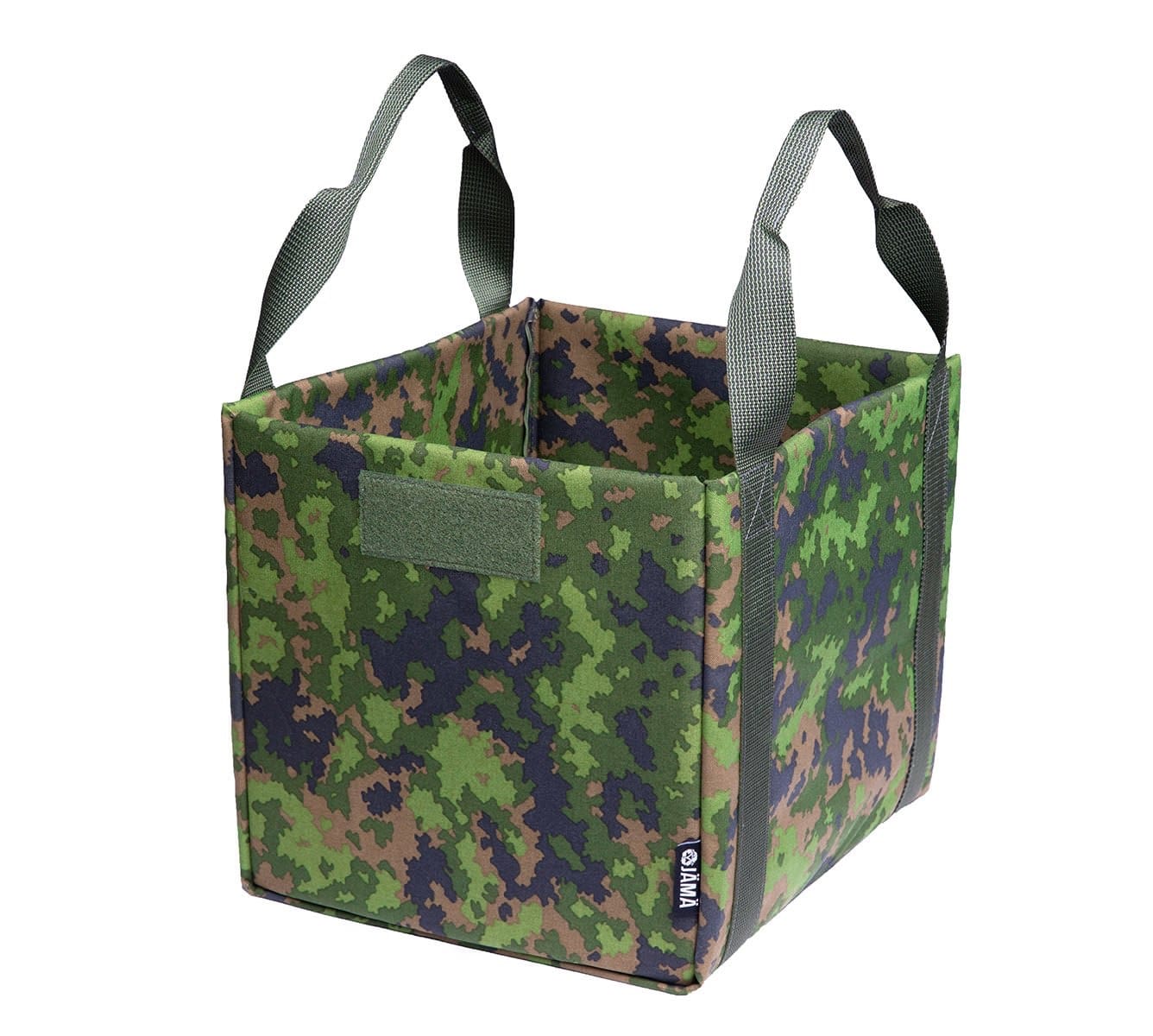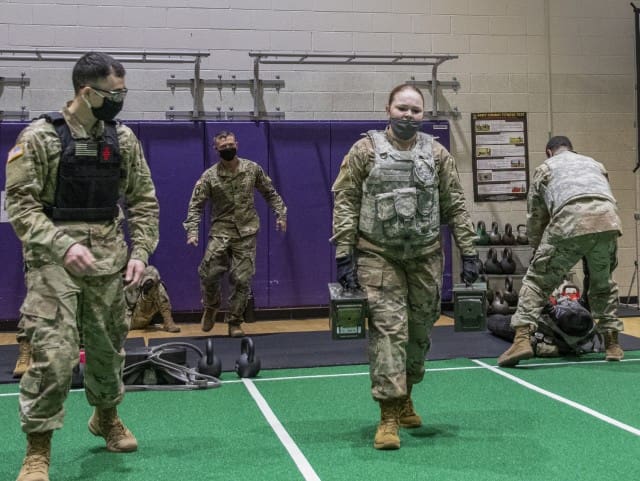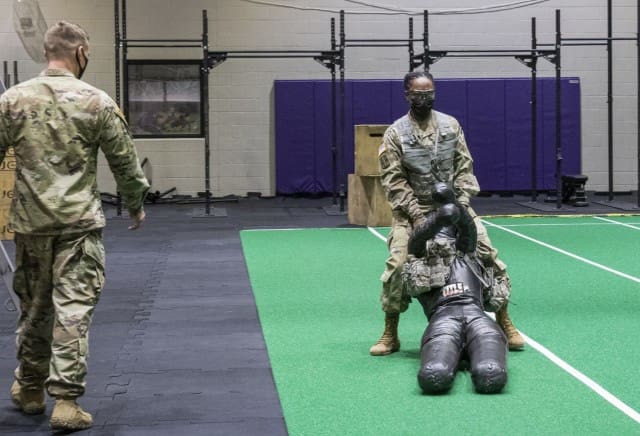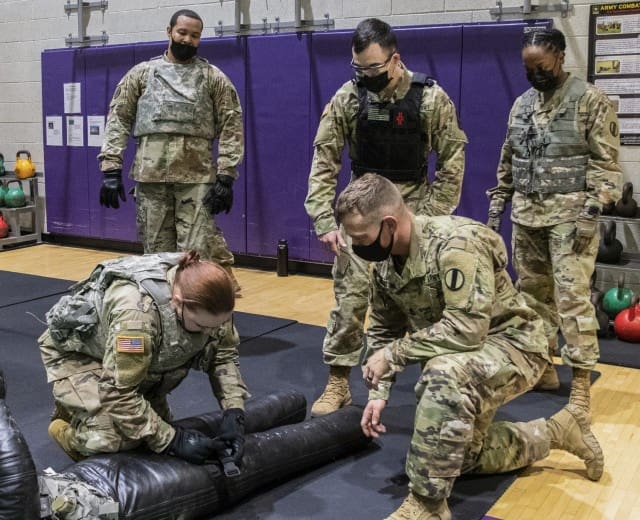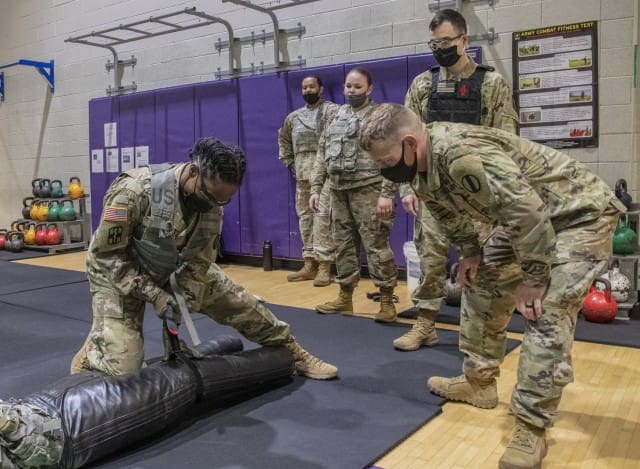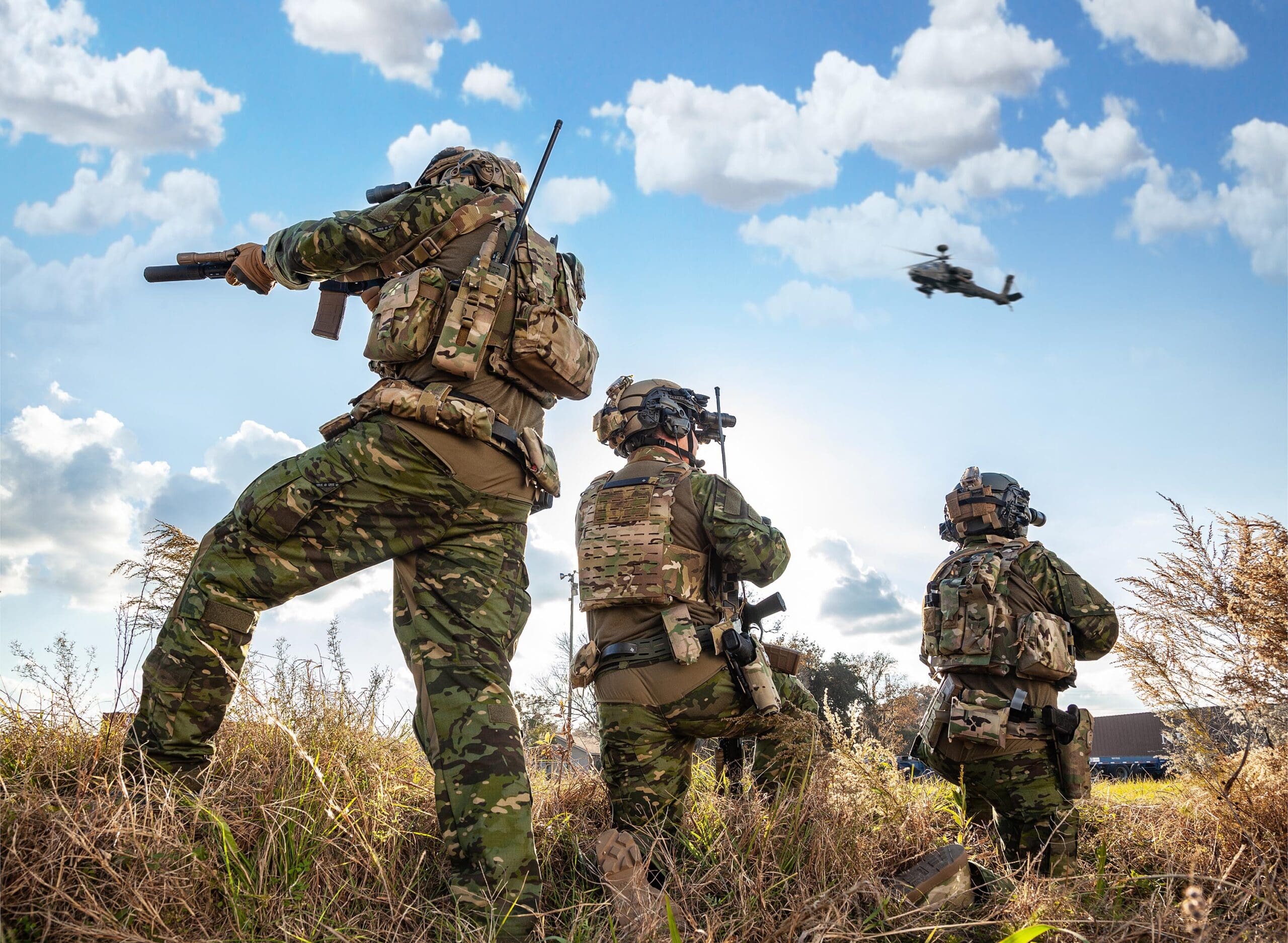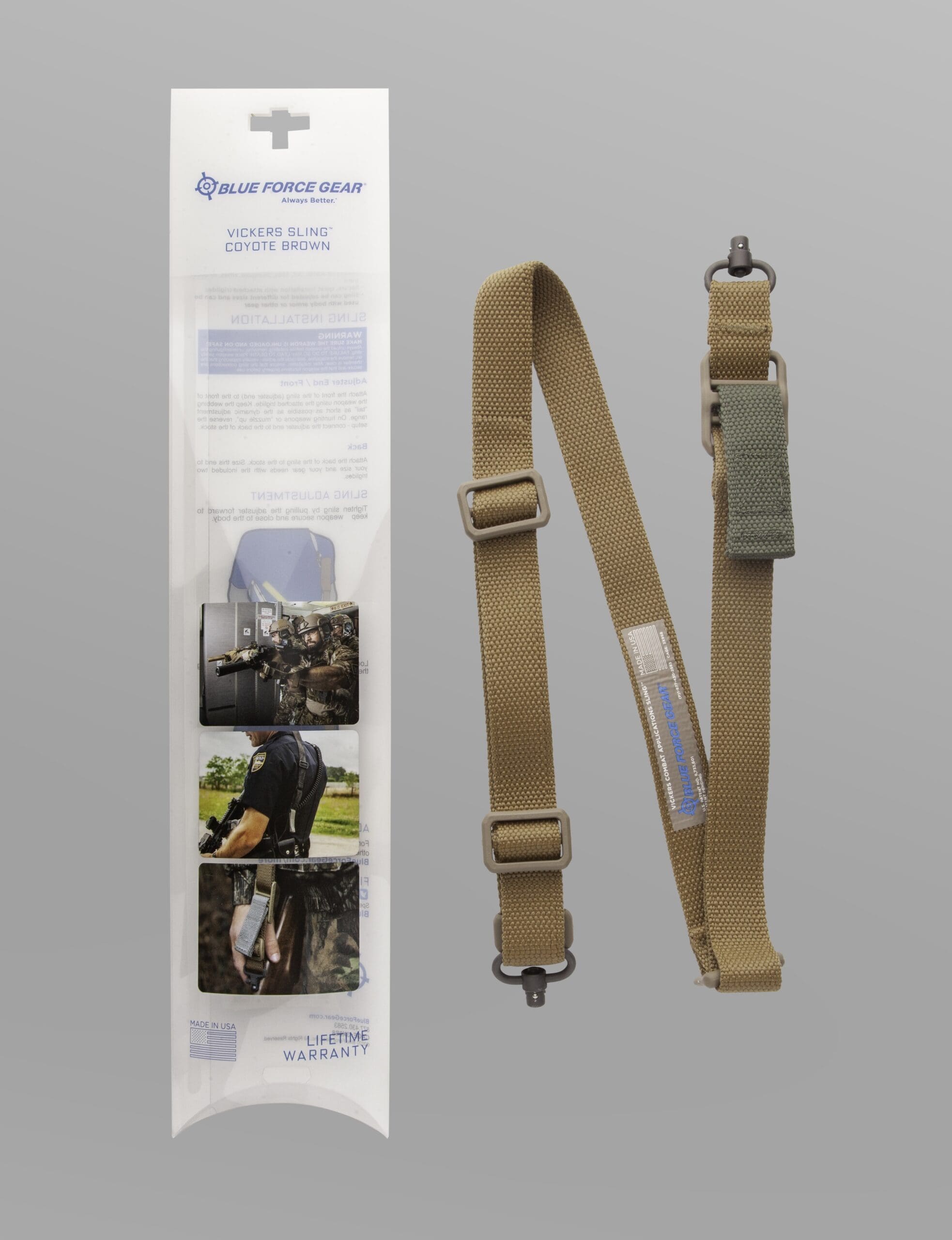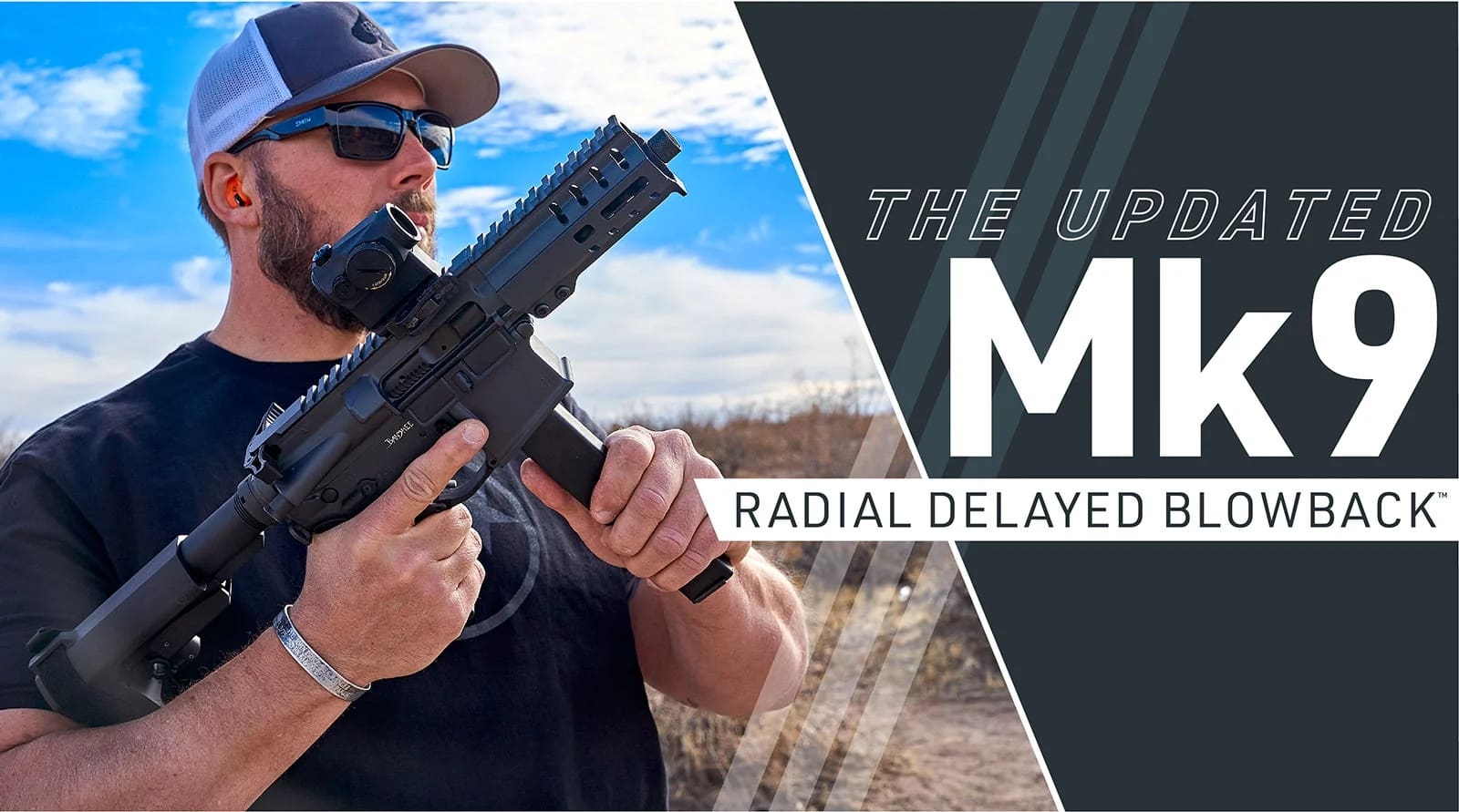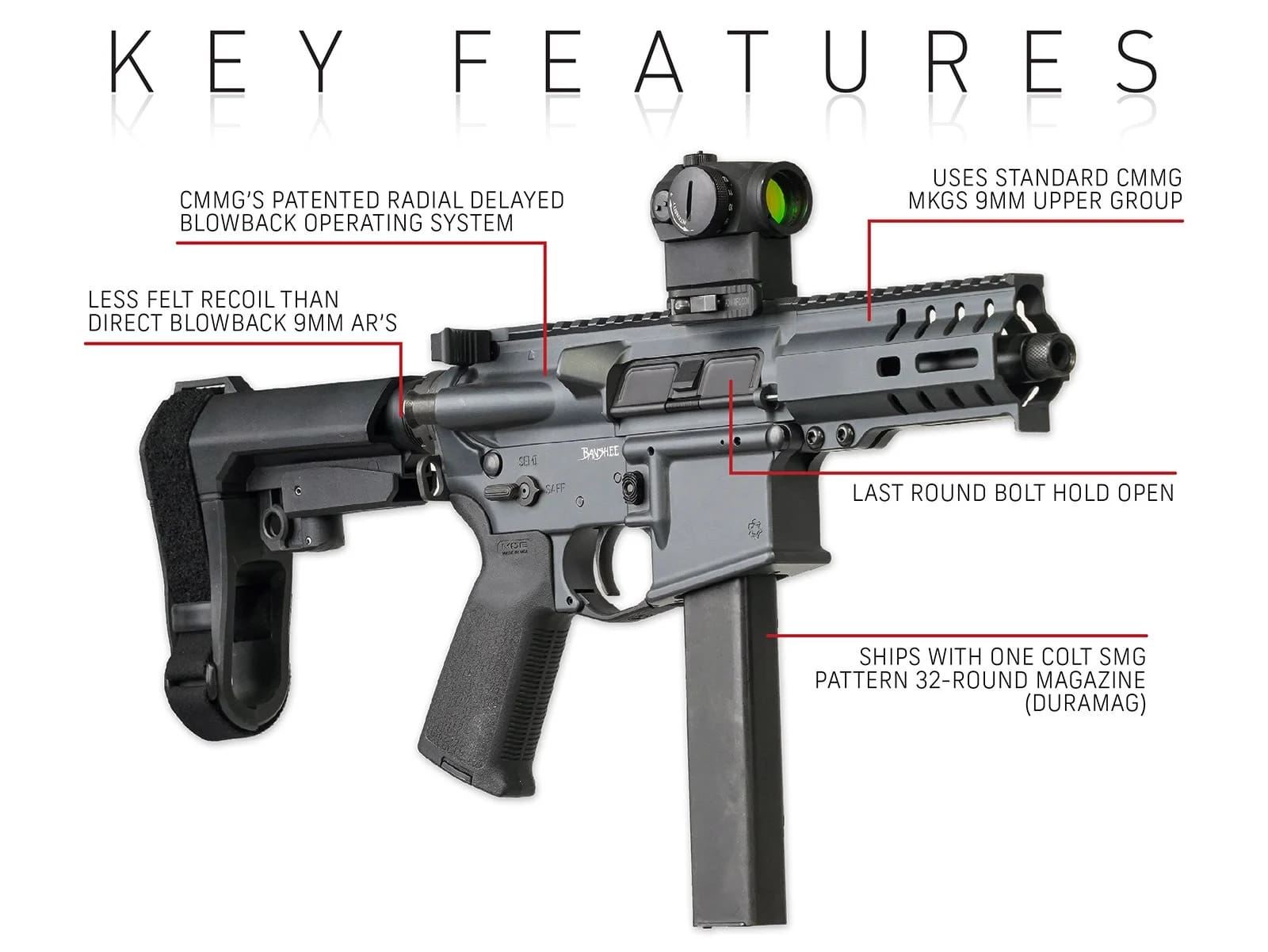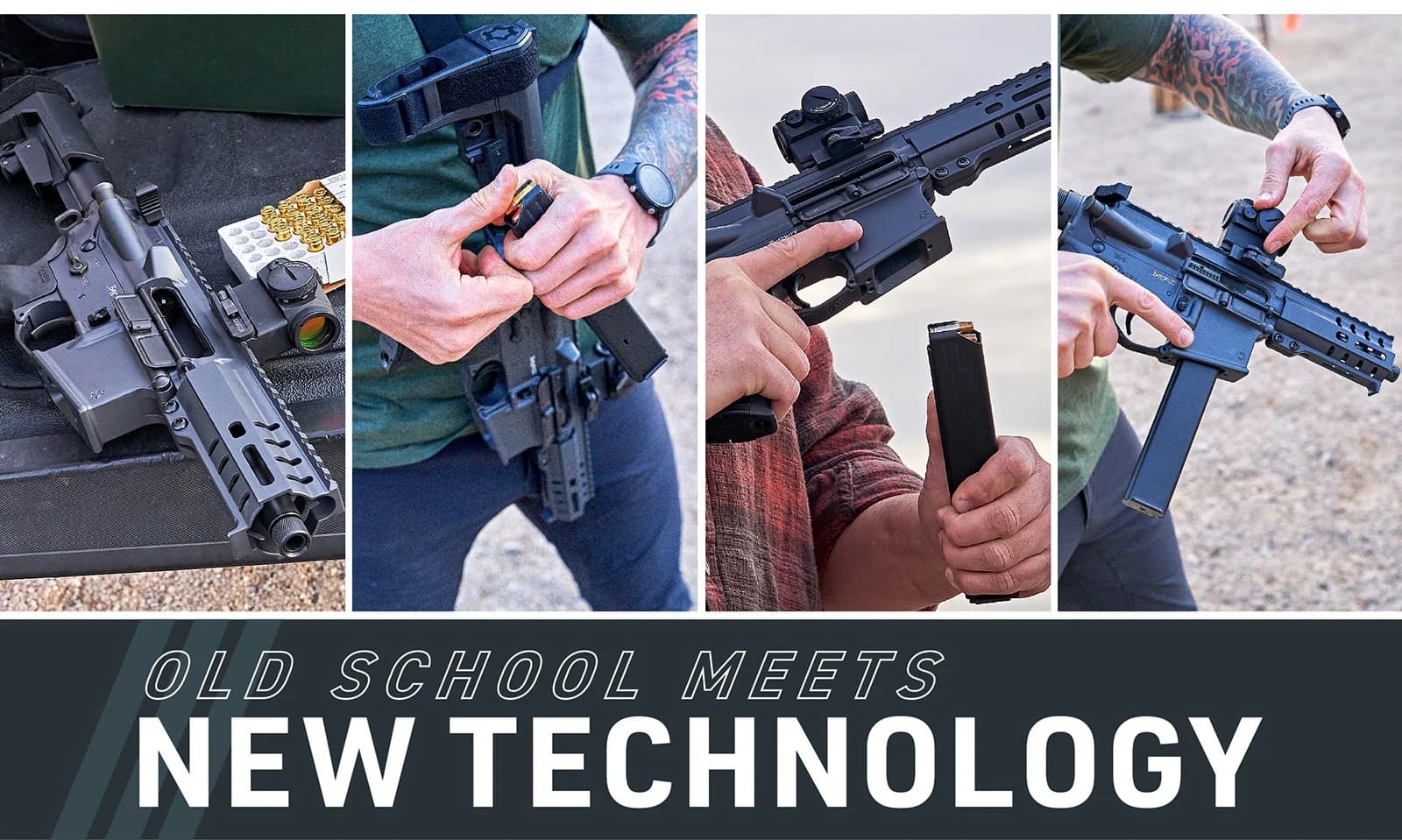• Competitive task order awarded for USSOCOM’s Mid-Endurance Unmanned Aircraft Systems (MEUAS) program
• Vertical takeoff and landing (VTOL) JUMP 20 unmanned aircraft system delivers true versatility and multi-mission capabilities without launchers or runways to USSOCOM and other customers
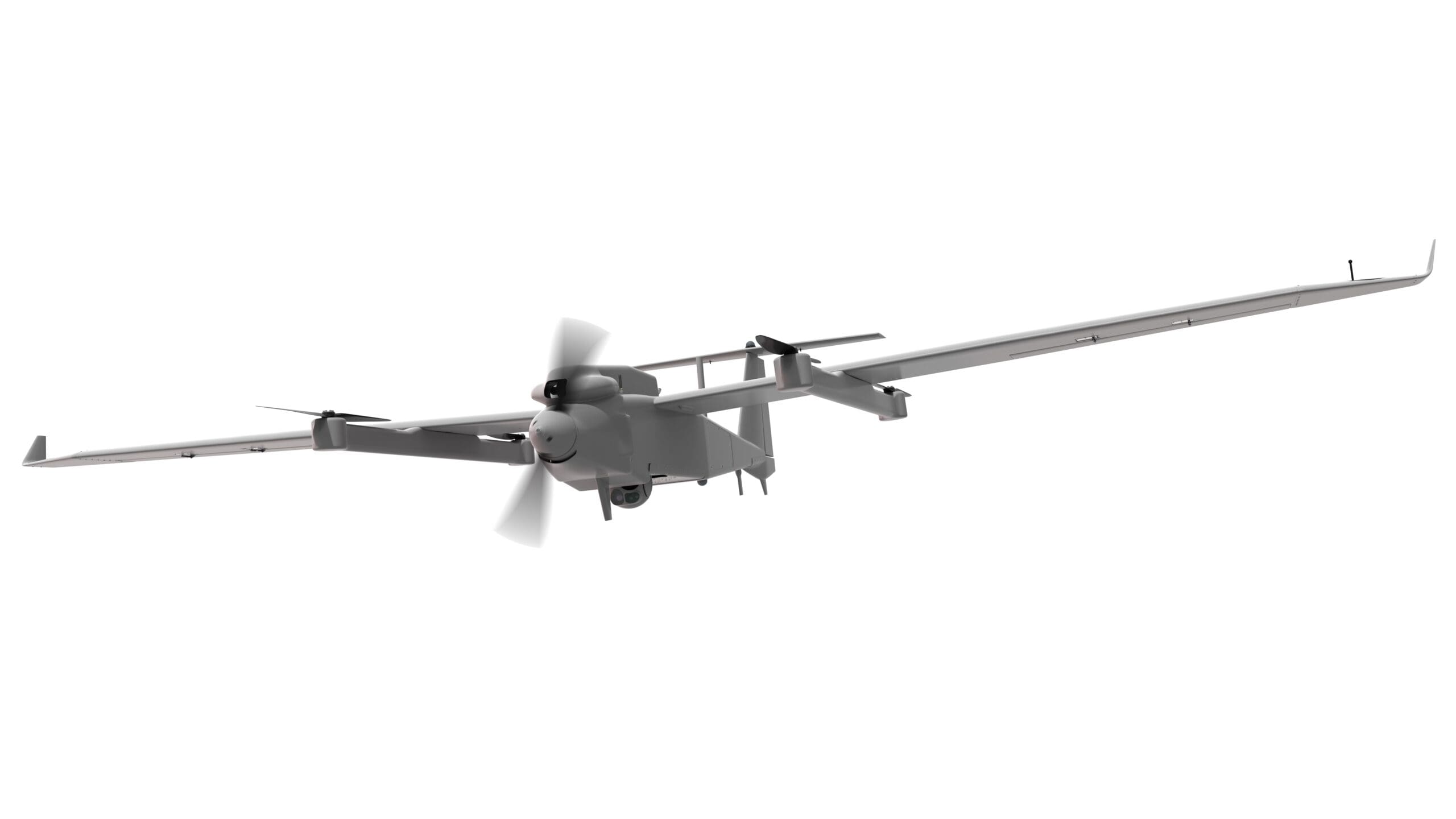
With a best-in-class operational range of 185 km (115 mi) and 14+ hours of endurance, AeroVironment’s JUMP 20 is the ideal solution for multi-mission operations. (Photo: AeroVironment, Inc.)
SIMI VALLEY, Calif., March 9, 2021 – AeroVironment, Inc. (NASDAQ: AVAV), a global leader in unmanned aircraft systems, today announced that its wholly-owned subsidiary Arcturus UAV, now operating under the AeroVironment brand, was awarded a competitive task order valued at approximately $7 million from the U.S. Special Operations Command (USSOCOM). The competitive task order is for a one-year period of performance, which started February 3, 2021.
USSOCOM selected Arcturus UAV as one of six companies qualified for the potential $975 million Indefinite Delivery, Indefinite Quantity (IDIQ) MEUAS contract in June 2020. The contract enables awardees to compete for site-specific task orders and provide USSOCOM with unmanned aircraft systems services and support for intelligence, surveillance and reconnaissance (ISR) operations.
“Part of AeroVironment’s expanded portfolio of medium UAS, the fixed wing JUMP 20 is capable of vertical takeoff and landing, making it completely runway independent,” said Rick Pedigo, AeroVironment vice president of global sales and business development. “Runway independence maximizes the ability of customers to deploy the JUMP 20 in a broad range of locations and environments, while minimizing the logistical footprint required to operate it. JUMP 20 is also capable of hosting multiple different payload options, delivering true versatility and multi-mission capabilities to support a wide array of customer requirements.”
AeroVironment recently successfully demonstrated the JUMP 20 for the U.S. Army Future Tactical Unmanned Aircraft System (FTUAS) “Rodeo”, which took place from February 22 through March 5 at Fort Benning, Georgia.
AeroVironment previously announced the closing of the Arcturus UAV acquisition in a press release on February 22, 2021. To learn more about AeroVironment’s expanded portfolio of unmanned aircraft solutions, visit www.avinc.com/uas.


